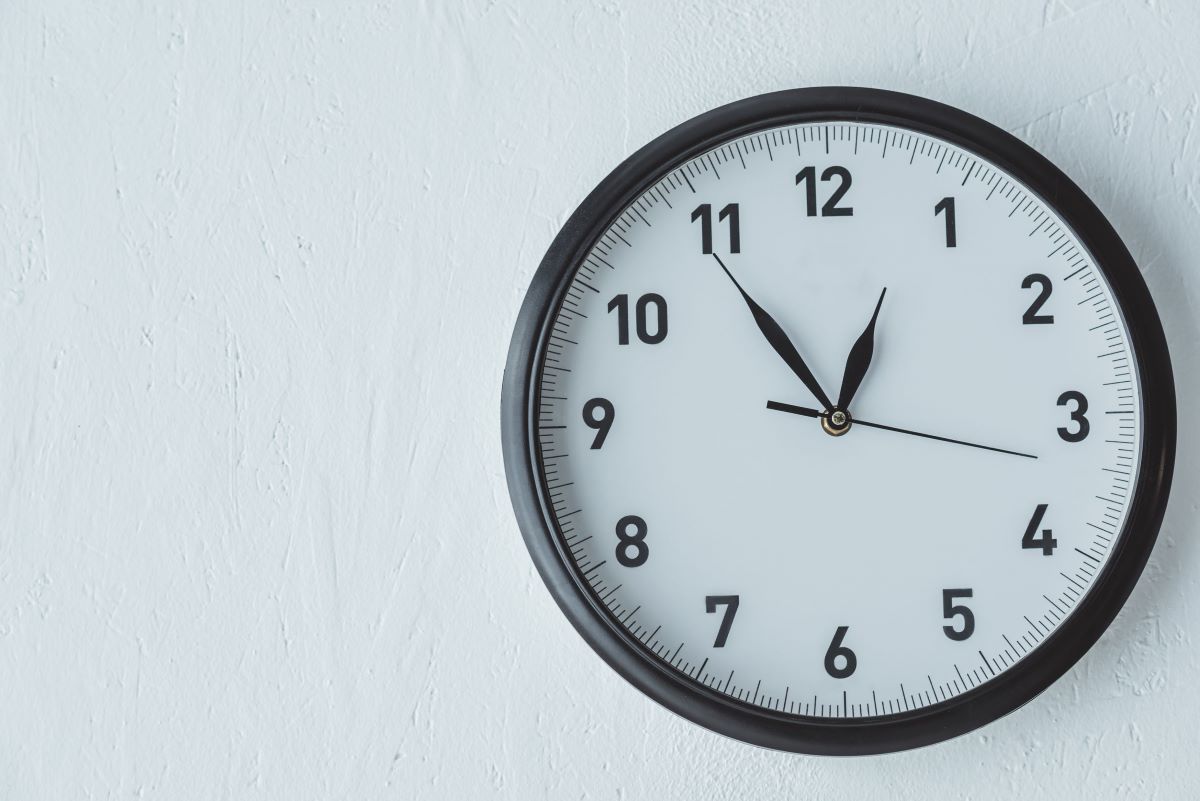The state of hourly work and the permanent changes that came in 2020
New technologies are changing scheduling and clock-ins, but unemployment is much worse than reported.

The pandemic has created many operational and employment challenges for industries that rely on hourly employees, whether they’re from health care to hospitality, and retail to manufacturing. The good news is that many of these workplaces proved their resilience in the last year by successfully adapting how they do business. The better news is that some of the changes these businesses made are proving so effective and efficient that the evidence suggests they’re here to stay.
Let’s take a look at some of these changes and what we can all learn from them. But first, allow me to explain how the insights featured in this article were gleaned.
Every year, millions of hourly employees work hundreds of millions of hours across the nearly 200,000 workplaces that use When I Work, an hourly workforce management solution. All this activity generates billions of data points, offering near real-time visibility into trends in employment and operating behavior, painting a picture of the dynamics of the hourly workforce. In 2020, we turned this data into an economic benchmark called the Hourly Workforce Index, which can help today’s employers better understand how the future of hourly work is shifting.
A jump in self-scheduling
Our 2020 data reveals that there was a 10-fold increase in the use of self-scheduling, particularly in restaurant and retail. A self-scheduling staffing model enables managers to determine the shifts that need to be filled, but instead of assigning those shifts, employees are allowed to choose when they want to work.
Once a manager creates shifts in a scheduling application, employees receive an automatic alert about available shifts on their mobile devices and can select when they want to work. Employees can also communicate with one another to trade shifts, and talk to managers if they have questions, need to request time off or have other concerns. Once everyone has selected their preferred shifts, the scheduling manager can assign any untaken ones.
Bring your own device skyrockets
A practice known as Bring Your Own Device (BYOD) surged as well. As the pandemic began, many workplaces realized they needed to replace their communal time clocks with contactless options, such as scheduling applications employees can download to their personal devices. One significant impact of this BYOD trend: Health care organizations were able to quickly schedule and safely dispatch thousands of workers to COVID-19 testing sites with just a few days’ notice.
Not only are contactless, or personal, time clocks proving to be an effective way to mobilize a workforce, but they also reduce employee exposure to coronavirus by preventing employees from gathering in the same place at the same time and touching the same device. They also can be programmed so employees can only clock in when they are on premise. What’s more, personal time clocks can prevent early clock-ins, reduce buddy punching and provide more robust labor reporting.
Unemployment is worse than reported for hourly workers
Finally, as the pandemic took hold last year, our data showed that unemployment among hourly workers quickly outpaced the overall unemployment rate as reported by the federal government. For example, in September 2020, the Bureau of Labor Statistics reported a 6.8% drop in the number of people employed that month compared to September 2019. But when we examined our data on employees at small businesses, we saw a much steeper decline: a 22% decrease year-over-year for September.
What this tells us is that national unemployment statistics provide an incomplete picture of our economic reality. For a variety of reasons, they don’t measure what’s happening in the small-business service sector—the largest sector of our economy by far. According to the U.S. Small Business Administration’s Department of Advocacy, 99.9% of U.S. businesses are classified as small; and 30.2 million small businesses employ 47.5% of U.S. employees (58.9 million individuals).
Unemployment data permeates all levels of decision-making—from the Federal Reserve deciding whether to stimulate or slow the economy, to Congress mulling financial relief to businesses and individuals, to local municipalities offering business tax incentives and banks deciding whether to grant a business loan. If these decisions are based on incomplete data, who wins? And more importantly, who loses?
After a year of upheaval due to COVID-19—particularly in industries with a large number of shift workers—it’s clear that hourly work has experienced a significant and unexpected shift since March 2020. Helpful tools like self-scheduling and BYOD are likely here to stay, but there is always more work to do to enhance our understanding of the hourly workforce. Overhauling how unemployment data is collected is one way our country can make sure that these essential employees are fully included in conversations about the future of work.
Chad Halvorson is the founder and chief experience officer of When I Work, a complete employee management platform used by nearly 200,000 workplaces.

